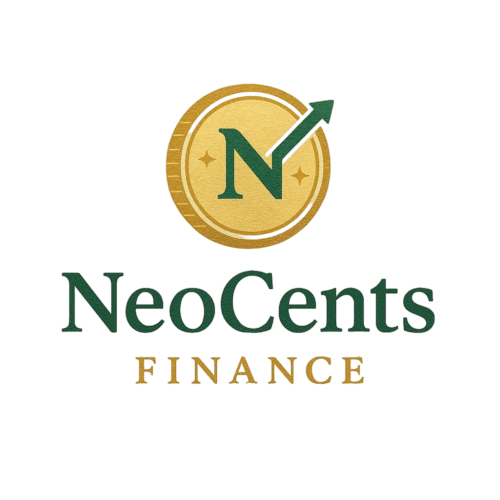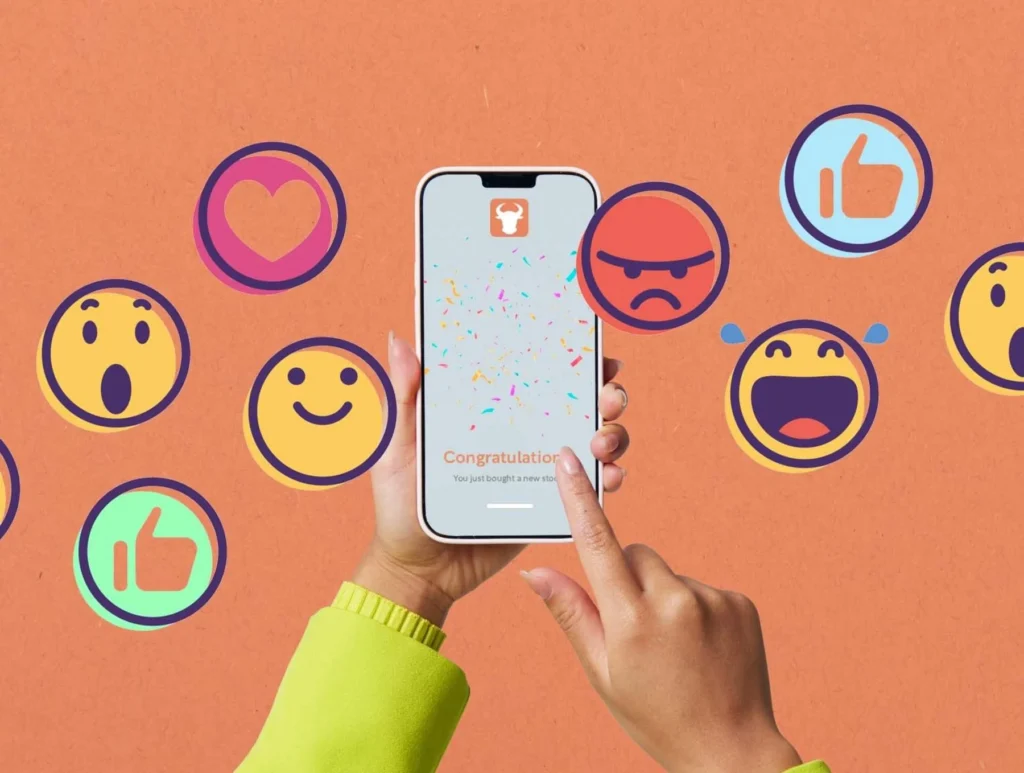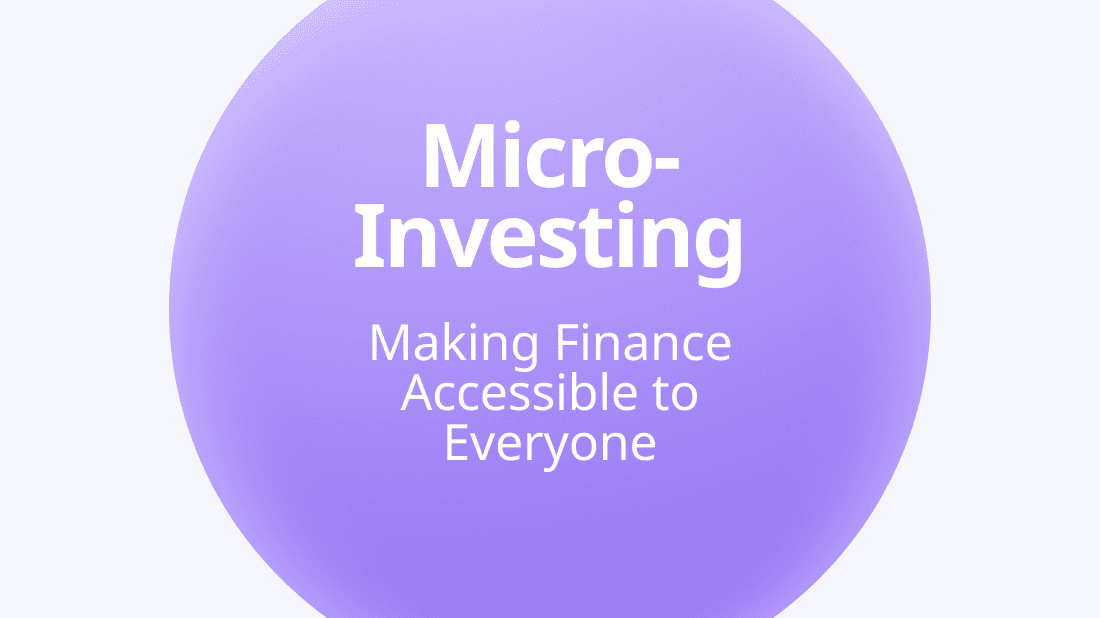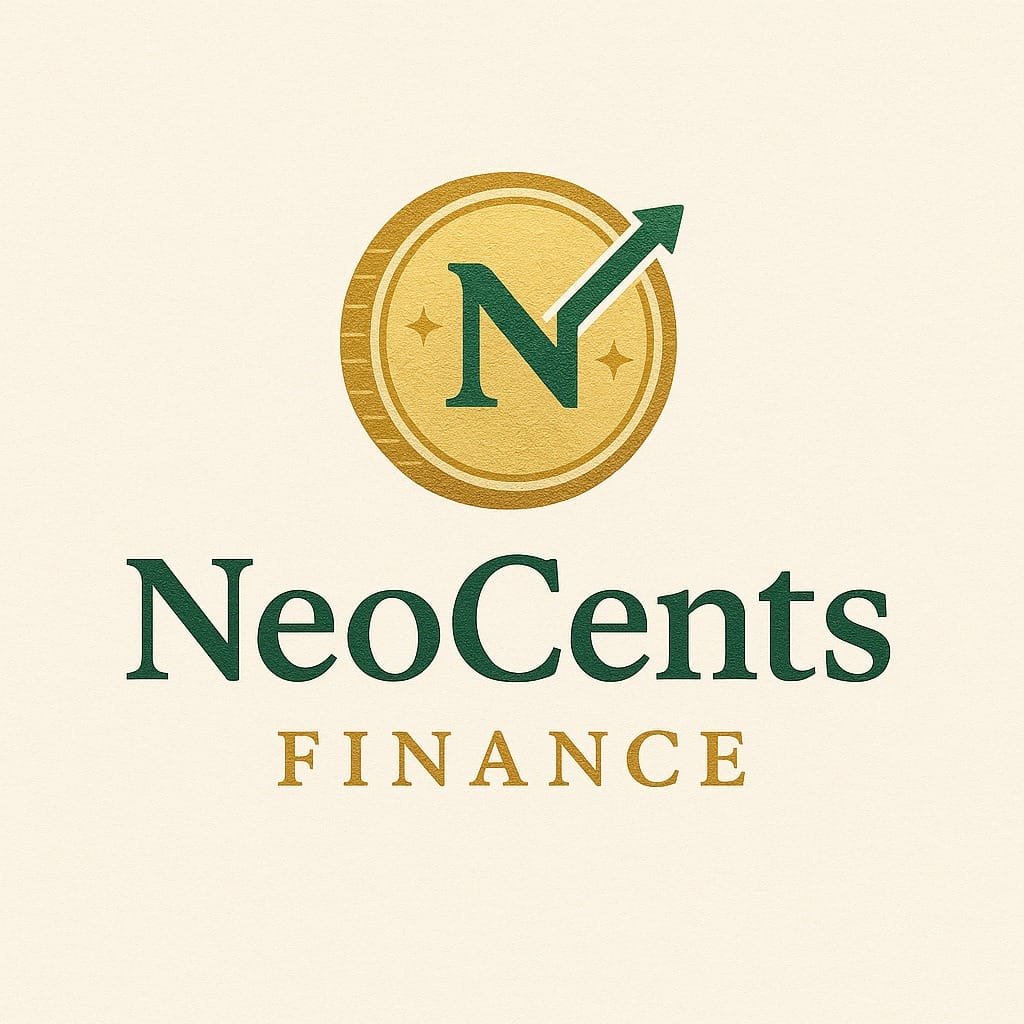Imagine opening your favorite investment app and being greeted with confetti, badges, or a leaderboard showing how you stack up against other users. Feels fun, right?
Now imagine making a risky investment decision just to level up. That’s gamification in action, a growing trend in investment platforms, but one with serious implications.
In this deep dive, we’ll explore the rise of gamified investment apps, the psychology behind them, how they reshape investor behavior, and whether they help or harm financial wellness.
What Is Gamification?
Gamification is the use of game design elements in non-game contexts to boost engagement, motivation, or learning. Common gamification techniques include:
- Points and badges (to reward activity)
- Progress bars (to show advancement)
- Leaderboards (to foster competition)
- Challenges or missions (to guide behavior)
- Streaks and consistency rewards (e.g., Game rewards consistency)
In the world of investment apps, these tools are increasingly used to influence user behavior from opening accounts to making trades and exploring new asset classes.
Why Fintech Loves Gamification
Fintech apps operate in a crowded and competitive market, and user acquisition and retention are tough. Enter gamification: a powerful engagement tool borrowed from video games and social media.
Key Benefits of Gamification in Finance Apps:
| Benefit | Description |
| Boosts User Retention | Gamified elements create habit loops that encourage daily use. |
| Drives Learning | Micro-challenges can help users understand financial concepts. |
| Encourages Goal Setting | Progress bars or milestones push users to invest consistently. |
| Increases Transactions | Leaderboards or rewards can stimulate trading frequency. |
Take Robinhood for example, its interface famously used celebratory animations for completed trades. It was slick, intuitive, and addictive, so much so that it drew criticism for turning serious investing into a game.
Gamification App Examples in Finance
Here are a few real-world examples of how investment apps are implementing gamification:
1. Robinhood
- What they did: Used animations and reward-like UI for trades.
- Criticism: Encouraged overtrading among new investors.
- Response: Removed confetti animations in 2021 after regulatory scrutiny.
2. Acorns
- What they do: Offers challenges to round up spare change and invest it.
- Outcome: Promotes consistent micro-investing.
3. Public.com
- What they do: Gamified community investing through social features.
- Outcome: Encourages learning from others and diversifies user strategies.
4. Gamic App (Gamicapp)
- Emerging platform: While still niche, Gamic claims to reward user consistency and interaction.
- Legitimacy questions: “Gamic app legit?” is a frequently searched term, highlighting the need for transparency in gamified platforms.
The Psychology Behind Gamified Investment
Gamification taps into core psychological triggers:
| Psychological Principle | Impact |
| Variable rewards | Users keep returning, anticipating new outcomes. |
| FOMO (Fear of Missing Out) | Leaderboards and social features pressure users to act. |
| Loss aversion | Streaks or challenges discourage skipping days, even if market conditions don’t favor trading. |
| Instant gratification | Rewards for quick trades undermine long-term thinking. |
In essence, many gamified investment apps optimize for engagement, not necessarily for financial health.
Does Gamification Help or Harm?
The Pros
- Increases Financial Literacy
- Apps with missions or quizzes (e.g., Stash) can educate users interactively.
- Gamification can make complex topics digestible.
- Encourages Positive Habits
- Consistency rewards (like “Gamic rewards consistency”) reinforce good saving and investing routines.
- Democratizes Finance
- Game-inspired interfaces lower the barrier to entry for younger, non-traditional investors.
The Cons
- Encourages Risky Behavior
- Users may trade too frequently or chase volatile assets due to gamified nudges.
- Short-Term Thinking
- Immediate rewards clash with the patience required for long-term investing.
- Addictive Design
- Behavioral addiction isn’t limited to gambling, financial apps can become compulsive too.
- Regulatory Red Flags
- U.S. regulators are increasingly scrutinizing “gamification of investing,” particularly if it misleads or exploits novice users.
In fact, in 2021 the SEC launched a request for public comment on digital engagement practices (DEPs), signaling future rulemaking around gamification in brokerage apps.
Ethical Considerations for Fintech Builders
Product managers and designers face a key question: Is it ethical to gamify money?
To responsibly use gamification, fintech platforms should:
- Design for outcomes, not just engagement.
- Offer opt-outs for gamified elements.
- Disclose risks clearly when using nudges or rewards.
- Test for user comprehension, not just click-through rates.
- Separate education from monetized incentives.
Gamification should guide, not manipulate.
Are Gamified Investment Apps Regulated?
The regulatory landscape is still forming.
- In the USA, the SEC is watching how brokers use nudges, pop-ups, and UI tricks that may distort user decision-making.
- The FINRA (Financial Industry Regulatory Authority) has also warned brokers not to use engagement tools that promote excessive trading.
Globally, the story is similar:
- In the UK, the FCA has questioned whether gamified finance apps meet “duty of care” standards.
- In Nigeria, where apps like Trove and Risevest offer simplified investment options, regulators are beginning to examine how UX influences decision-making, especially with growing interest in gamification.
So… Does It Help or Harm?
Short answer: Both.
When done ethically, gamification:
- Lowers intimidation barriers,
- Promotes consistency,
- Boosts confidence among young investors.
When done irresponsibly, it:
- Fuels overconfidence,
- Increases market exposure beyond risk tolerance,
- Encourages casino-style speculation.
A Better Approach? Meaningful Gamification
Unlike manipulative tricks, meaningful gamification:
- Focuses on personal progress (not social comparison),
- Encourages reflection over reaction,
- Aligns rewards with real-world benefits (like long-term investing or debt reduction).
What’s Next for Gamified Investing?
The next era of investment apps won’t be “more gamification.” It’ll be smarter, safer gamification.
Future trends may include:
- Personalized nudges
- AI-driven suggestions aligned with long-term goals, not just engagement spikes.
- Gamification for wellness
- Apps like Yotta already reward saving instead of spending. Expect more platforms to gamify net worth growth.
- Financial behavior coaching
- Gamified feedback loops tied to financial literacy milestones.
- Regulator-led design frameworks
- New guidelines may emerge defining acceptable vs. harmful gamification features.
Conclusion
Gamification is a double-edged sword in investment apps. It can democratize investing, make financial habits more fun, and help users take charge of their wealth. But without responsible design, it also risks turning the market into a game, with real money at stake.
As the U.S. fintech ecosystem evolves, the challenge will be to build apps that are both engaging and ethical, educational and empowering.
So the next time your app shoots off confetti for a trade, ask yourself: Is this helping me grow or just keeping me hooked?








